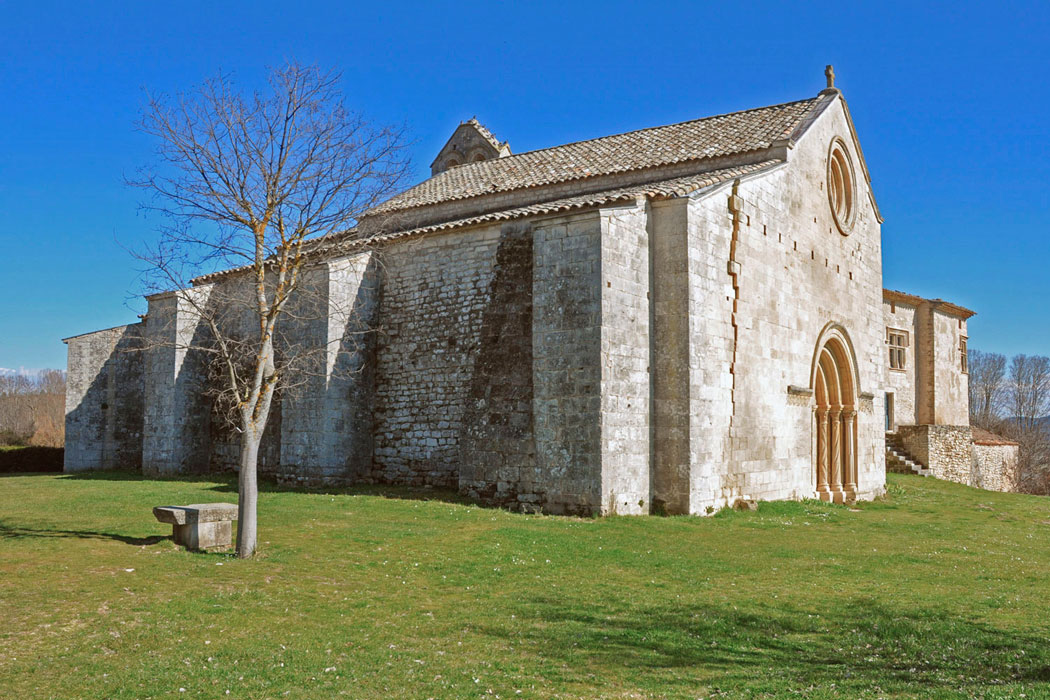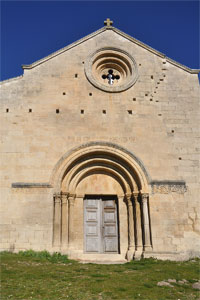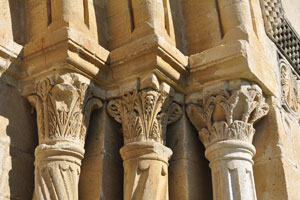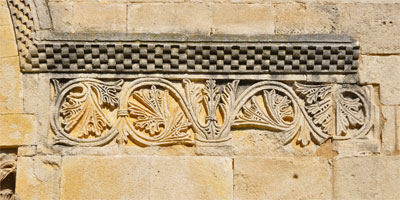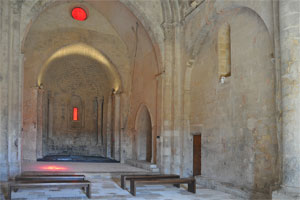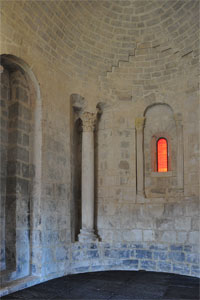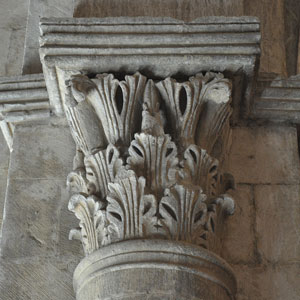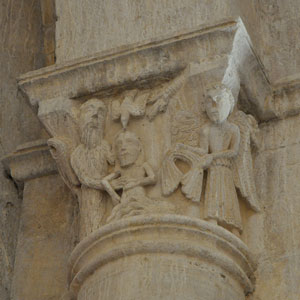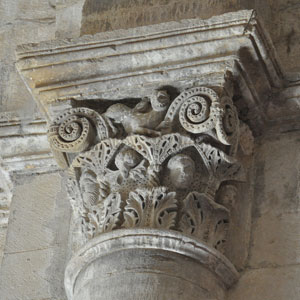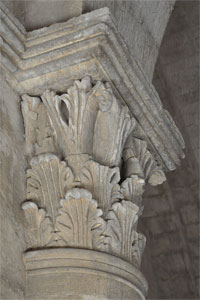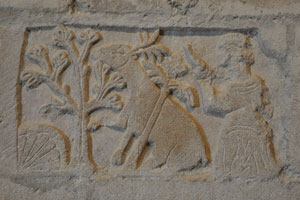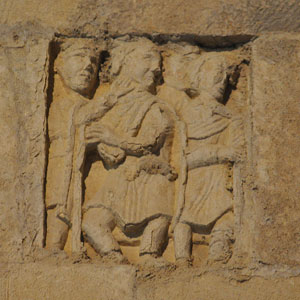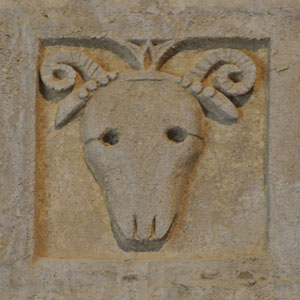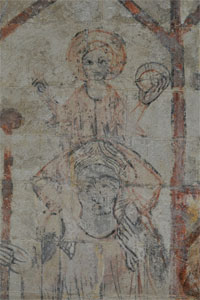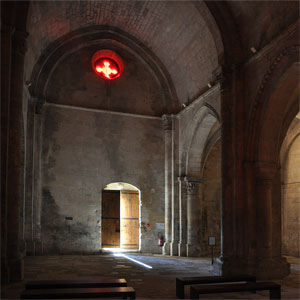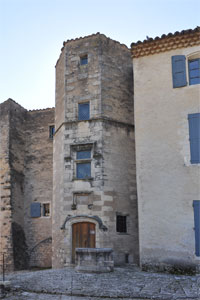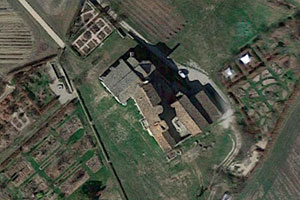Priory of Notre-Dame de Salagon
Prieuré Notre-Dame de Salagon / Salagone
(Mane, Alpes-de-Haute-Provence)
The site where the priory of Notre-Dame de Salagon stands was occupied in the 1st century by a Gallo-Roman villa, and it is not until the second half of the 5th century that there is evidence of Christian constructions. In 1015, the existence of the church of Notre-Dame is mentioned, which perhaps already had a monastic character at that time. In 1096, Pope Urban II confirmed the possessions of the abbey of Saint-André de Villeneuve-lès-Avignon without mentioning this place, but in another confirmation in 1119, Salagon was already listed as a priory of that monastery.
It was likely a small rural establishment, though the most important one the monks of Saint-André had in this area. Between the 15th and 16th centuries, the priory's dependencies were rebuilt. In 1726, it came under the control of the Minim Friars of Mane, and by the end of the century, it was in ruins, until it was sold in 1791 due to the Revolution. Since then, the site has had various uses, mainly agricultural. It has been excavated, studied, and restored since the second half of the 20th century and the beginning of the current one. The most important building is the church, with a Romanesque nave ending in a semicircular apse, and a second nave attached to the north, dating from the 16th century. The priory house, located next to the church, is also preserved.
- BARRUOL, Guy (1977). La Provence romane 2. Zodiaque. La nuit des temps
- BARRUOL, Guy (2013). Salagon. Le prieuré. Mane: Musée de Salagon
- LABANDE, L. H.; i altres (1912). Notre-Dame de Salagon. Notice archéologique. Bulletin archéologique du Comité des travaux historiques et scientifiques. París: Imp. Nationale
